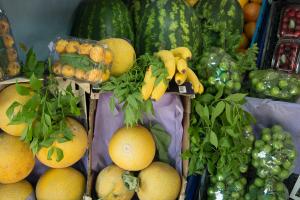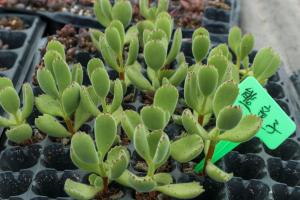1. Grafting method
Cuttings: the most commonly used method is grafting. Grafting is better between February and April or September and October every year. It's better to use the old branches for grafting earlier. Before grafting, first select some strong branches that are 1 to 2 years old, and the bud eyes should be fuller. There should be 2 to 3 buds on each scion. Before grafting, cut it into a plane with a length of 2 to 3 cm and a depth of 1 / 3 of wood with a knife under the scion. Then cut the back of the cutting surface into an inclined plane of about 1 cm, so that the cuttings can be selected

Rootstock: generally choose some tea plum or Camellia oleifera as rootstock. Cut the rootstock 20 to 30 cm away from the ground, then use a knife to flatten its cutting edge, and then select some smooth and flat side of the rootstock skin, and take a little wood inside the cortex to cut it vertically for about 2 cm
Joining and binding: insert the cut scions into the cut of the rootstock, align the layers formed on both sides of the long section of the scion with both sides of the mouth of the rootstock, and then close the rootstock, and bind it from top to bottom with some plastic film with the cut. Do not touch its scion when binding
Bagging: we can find some film bags to cover the grafted place for moisturizing, and support those film bags with bamboo sticks. Generally, it can start to send out small buds and draw out small shoots about 25 days after grafting

2. Methods of sowing and cutting
In addition to the above methods, we can also use sowing and cutting methods for reproduction, which is also possible. However, if these methods are used for reproduction, not only the coefficient of reproduction is very low, but also the time of seedling formation is very long, which is not easy to meet the needs of the market, but if there is less planting, these two methods can be used


 how many times do yo...
how many times do yo... how many planted tre...
how many planted tre... how many pine trees ...
how many pine trees ... how many pecan trees...
how many pecan trees... how many plants comp...
how many plants comp... how many plants can ...
how many plants can ... how many plants and ...
how many plants and ... how many pepper plan...
how many pepper plan...































